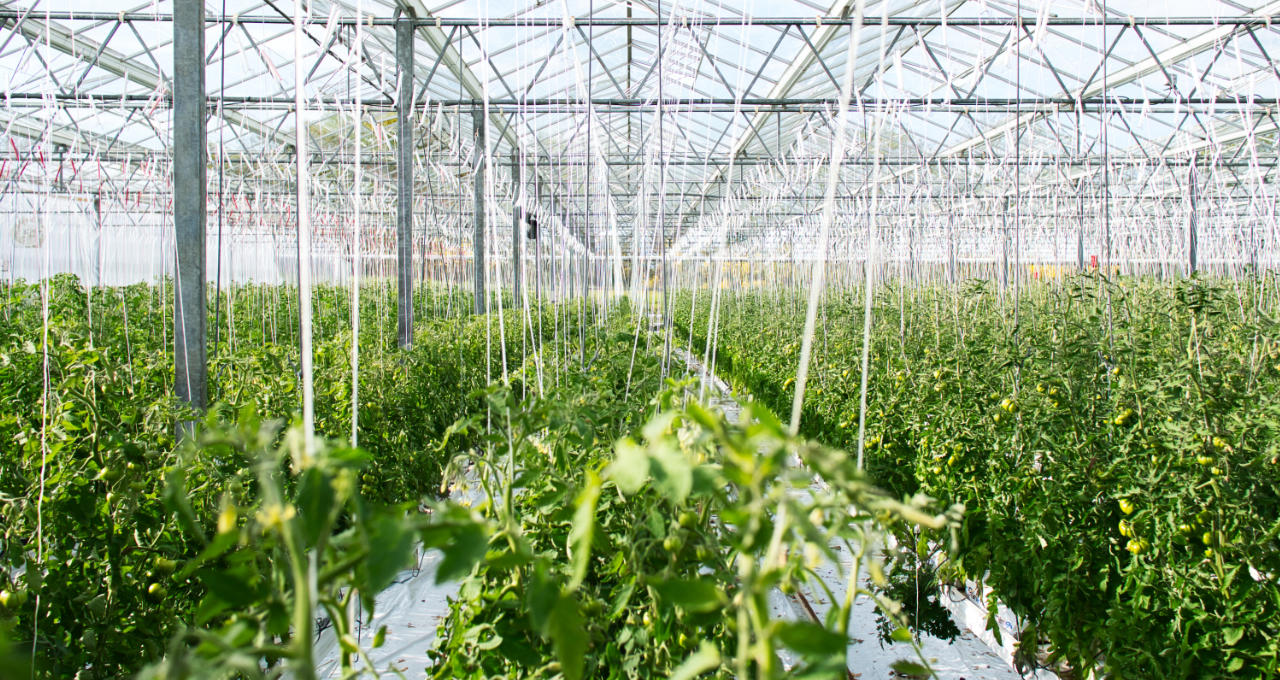Harm Edens of BNR radio interviews experts on why a bank is aiming to build a better world. This week, he speaks to Adam Anders, Managing Partner at Anterra Capital, about the role venture capitalism is playing to shape the future of food security.
Adam Anders of Anterra Capital talks impact investing
Listen to the podcast here (34 min).
From a young age, Adam Anders saw the challenge of connecting new technology with farmers. He grew up on a farm in rural Australia, where his father also ran a farm machinery dealership. Traces of that heritage linger in Anders’ work today as Managing Partner at Anterra Capital, an Amsterdam- and Boston-based venture capital firm specializing in agritechnology.
Feeding the world is not only a necessity – to a growing number of investors like Anders, it’s a business opportunity. “The vision of Anterra is to make the food and agriculture value chain more safe, more secure, more sustainable,” he explains. To do that, they invest in companies pursuing technological solutions to some of the food and agricultural sector’s greatest challenges. “The value chain has got to change, and technology will be a part of it,” Anders predicts.
Anterra got its start in 2009 as a niche fund within Rabobank. At the time, the peak year ever for agtech venture capital investment was $300 million globally: “There was practically no venture capital activity in the agtech sector.” In the last decade, the fund has become independent from the bank and agtech investment has seen an uptick, running as high as $10 billion worldwide. What do these investors see in the future of food? Listen to find out.
Quotations from the podcast:
On the state of agtech investment: “Corporates weren’t sitting around wondering when the Google of agriculture was gonna turn up.”
On building networks: “Most Silicon Valley venture capitalists aren’t partnering with the value chain – they are stepping over and around it. Our strategy involves more collaboration.”
On ROI: “We only invest in companies that are going to help the environment, but we say to our investors: none of this is going to be a compromise on your return.”
On measuring success: “Yield improvement is the wrong metric. How much you get out should be relevant to what you put in, in terms of ag inputs, water, and what you took out of the soil. Productivity increase can be a form of growth. It’s about getting more off with less as opposed to just getting more off.”
On the biggest opportunities: “There is both enough food and enough land. What we’re missing is nutritional food at the right price available.”
On looking beyond Uber: “I want to see the smartest entrepreneurs turn their attention from hotels, taxis, telecommunications and fintech and say ‘our food system is large, complex, and equally or more important.’ You get to have a positive impact instead of just helping people get pizzas faster or get from A to B more efficiently.”
On insanity: “We need a little bit of insanity to change things – and that’s where entrepreneurs, hopefully backed by good venture capitalist backers, take on the impossible.”
Did that whet your appetite?
Listen to the full podcast now via our podcast channel or iTunes, or search “Banking for Food” in your favorite iPhone or Android app.
